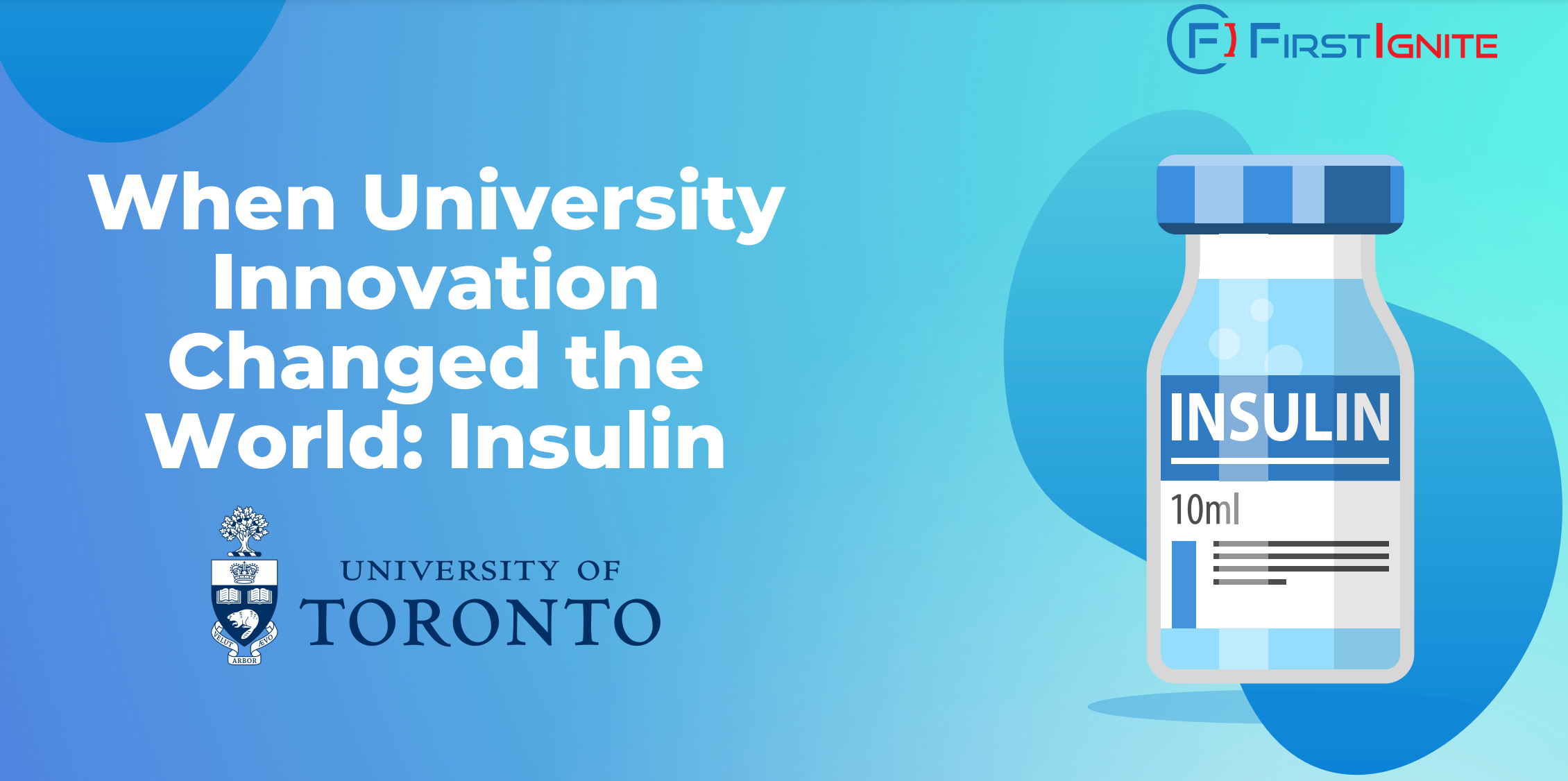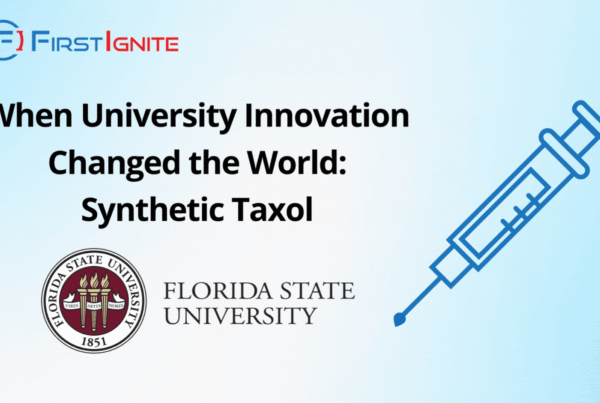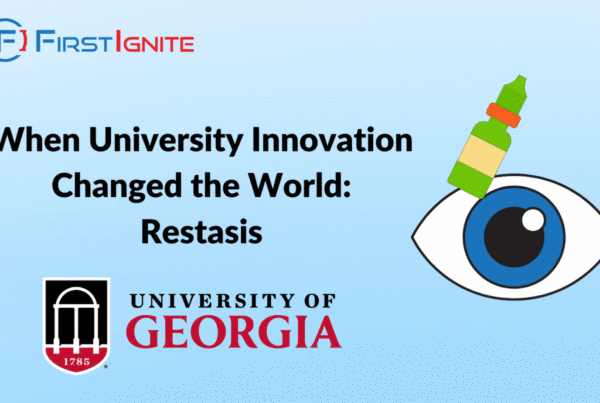
Did you know that University of Toronto scientists discovered insulin to treat diabetes? Dr. Frederick G Banting, Dr. J.J.R. Macleod, Dr. Charles Best, and Dr. James B. Collip developed the hormone that has saved many people’s lives.
Patients with type 1 diabetes had an expected lifespan of fewer than three years before the discovery of insulin. The only treatment option was a diet low in carbohydrates, which proved futile for effective treatment.
Scientists had done previous research which showed that the hormone insulin is missing in the pancreas of people with diabetes. In 1921, Dr. Banting, Dr. Mcleod, and Dr. Best, while working at the University of Toronto, extracted insulin from a dog’s pancreas and used it to treat another dog with diabetes successfully. Then, Dr. Collip joined the team and was able to purify insulin from cattle, making it safe for human use. In 1922, this purified form of insulin was used to treat a diabetic patient, saving his life.
After this achievement, insulin was produced on a large scale. In 1923, Eli Lilly and Company, which has a revenue of $28.31 billion dollars today, was the first insulin producer, and continues to manufacture the treatment today. Since its initial production, there has been consistent growth in the insulin market, which is expected to reach $23.57 billion dollars by 2030. The medication that has saved many lives since its inception continues to have a lasting impact on those with diabetes. Currently, over 7 million people in the U.S. use insulin daily.

University innovation has the ability to save lives. It’s important to have a strategy in place to ensure your organization has an active eye on innovations being born on campuses around the globe. FirstIgnite can help your organization identify and partner with the specific universities, laboratories, and experts you need in order to create the next miracle treatment, like insulin.




